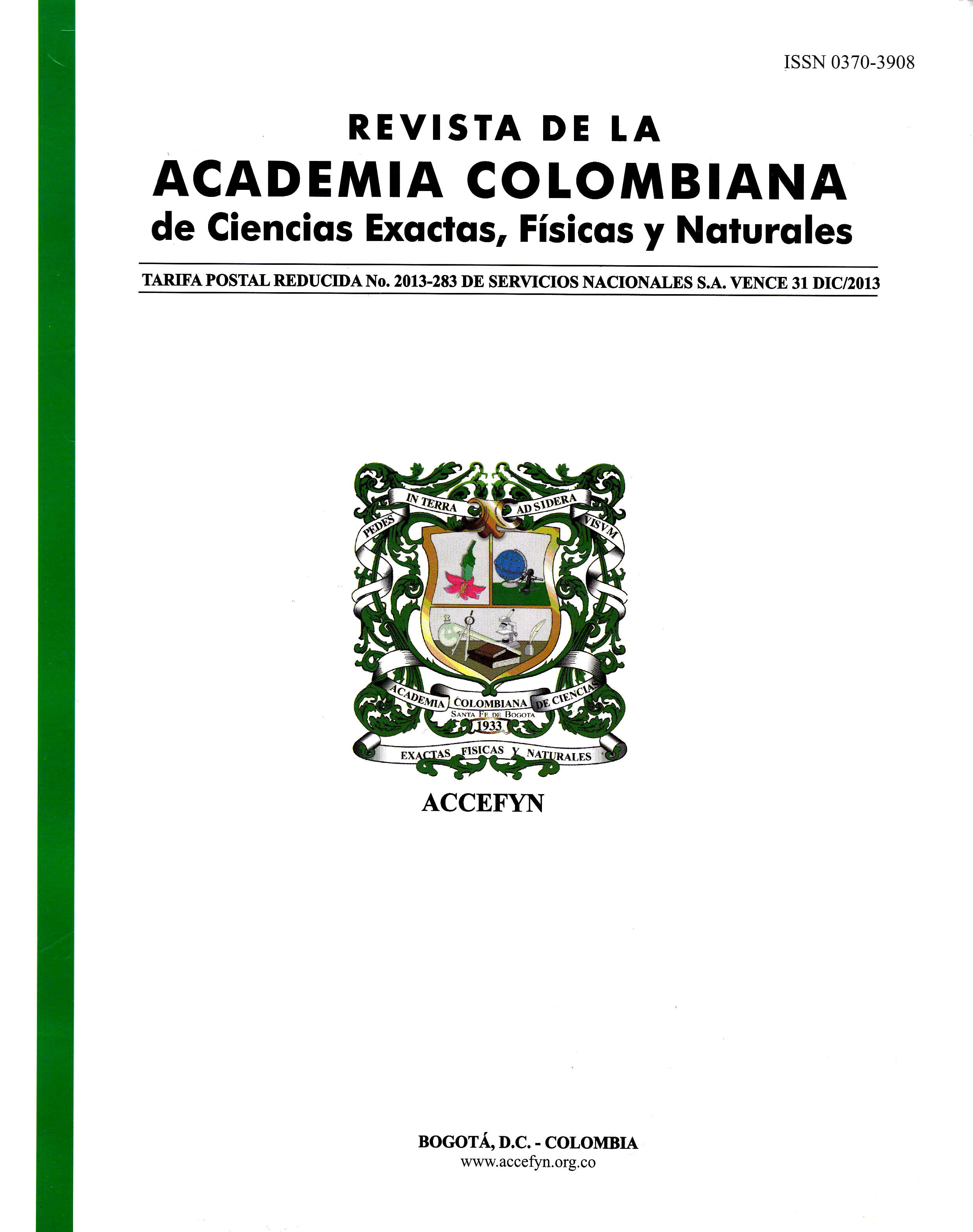Resumen
A escalas cosmológicas el Universo luce homogéneo e isótropo, aun cuando existan estructuras y espacio vacío. Uno de los mecanismos de evolución espaciotemporal del universo (no de creación) es el de inflación, propuesto por Alan Guth, mediante el cual el universo se expandió aceleradamente en fracciones de segundo y permitió que el contenido energético siguiera evolucionando hasta adquirir hoy en día la estructura que se puede observar. Los escenarios que muchos científicos han propuesto, incluyendo a Guth, se basan en un campo escalar primordial llamado inflatón mediante el cual se inicia la inflación primordial del universo y se heredan del campo características como homogeneidad e isotropía. En la naturaleza aún no se han podido observar campos escalares fundamentales, y es ésta la principal motivación para buscar otra alternativa que genere inflación siendo una de ellas los campos vectoriales. En este artículo, se realiza un estudio sobre la inflación del tipo slow-roll utilizando campos vectoriales primordiales, obteniendo así los resultados asociados a la estadística de estructuras a gran escala concernientes a homogeneidad e isotropía, propiedades que han sido confirmadas observacionalmente y predichas por la ley de Hubble. Lo anterior conduce, a su vez, a resolver los problemas clásicos de la cosmología estándar.
Referencias
Armendariz-Picon, C., 2004. Could dark energy be vector-like?, JCAP 0407, 007.
Dimopoulos K., Karciauskas M., Lyth D. H. & Rodríguez Y., 2009. Statistical anisotropy of the curvature perturbation from vector field perturbations, JCAP 0905, 013.
Dodelson S., 2003. Modern cosmology, Elsevier Academic Press, London - UK.
Ford H., 1989. Inflation driven by a vector field, Phys. Rev. D 40, 967.
Golovnev A., Mukhanov V. & Vanchurin V., 2008. Vector inflation. JCAP 0806, 009.
Groeneboom N. E., Ackerman L., Wehus I. K. & Eriksen H. K., 2010, Bayesian analysis of an anisotropic universe model: systematics and polarization, Astrophys. J. 722, 452.
Guth A. H., 1981. The inflationary Universe: a possible solution to the horizon and flatness problems, Phys. Rev. D 23, 347.
Kane G., 1993. Modern elementary particle physics, Addison Wesley, Redwood City - USA.
Komatsu E. et. al., 2011. Seven-year Wilkinson Microwave Anisotropy Probe (WMAP) observations: cosmological interpretation, Astrophys. J. Suppl. Ser. 192, 18.
Lyth D. H. & Liddle A. R., 2009. The primordial density perturbation: cosmology, inflation and the origin of structure. Cambridge University Press, Cambridge - UK.
Mukhanov V. F., 2005. Physical foundations of cosmology, Cambridge University Press, Cambridge - UK.
Nakamura K. et. al., 2010. Review of particle physics, J. Phys. G 37, 075021.
The PLANCK Collaboration, 2006. The scientific programme of PLANCK, arXiv:astro-ph/0604069.
Rodríguez Y., 2009. The origin of the large-scale structure in the Universe: theoretical and statistical aspects, LAP - Lambert Academic Publishing. Saarbrücken - Germany. Also available as PhD Thesis, Lancaster University, Lancaster - UK, 2005. arXiv:astro-ph/0507701.
Weinberg S., 1972. Gravitation and Cosmology, John Wiley & Sons, New York - USA.
Weinberg S., 2008. Cosmology, Oxford University Press, Oxford - UK.
Zhang Y., 2009. The slow-roll and rapid-roll conditions in the space-like vector field scenario, Phys. Rev. D 80, 043519.

Esta obra está bajo una licencia internacional Creative Commons Atribución-NoComercial-SinDerivadas 4.0.
Derechos de autor 2023 https://creativecommons.org/licenses/by-nc-nd/4.0

